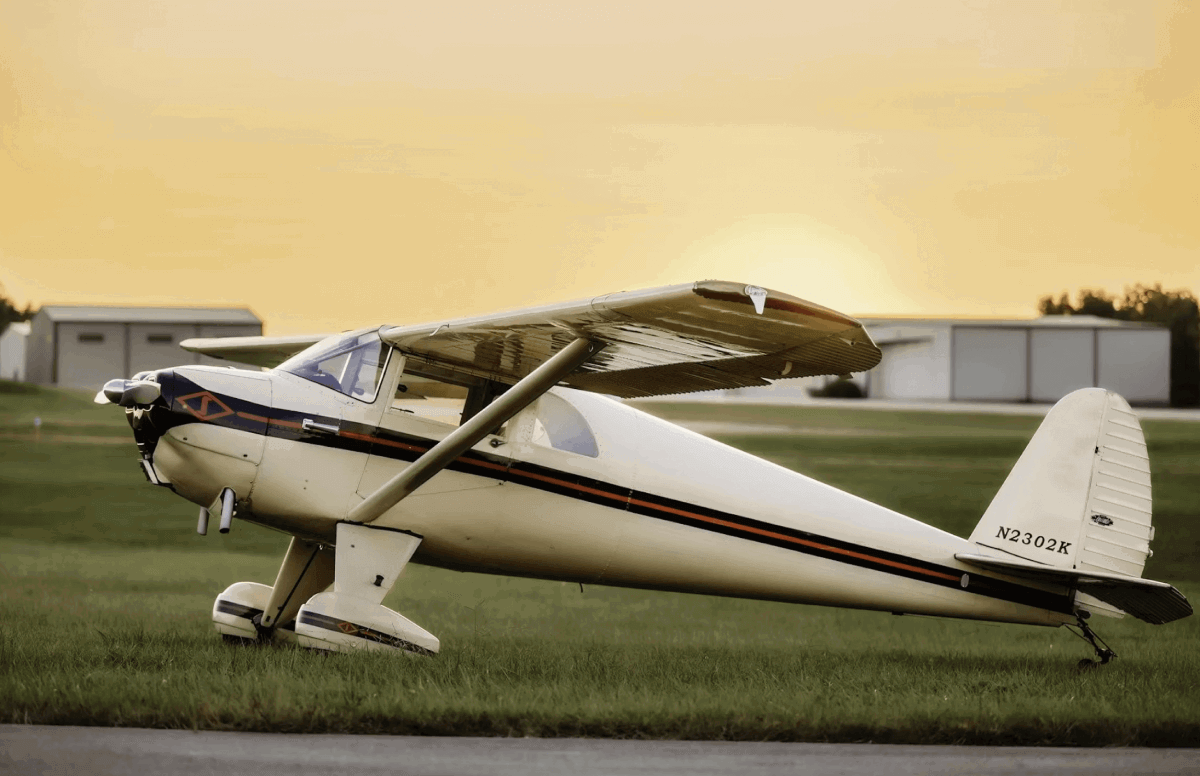There’s always potential for miscommunication whenever low-time pilots are involved with air traffic control. That doesn’t mean they should avoid all such entanglements.
Whenever student pilots interact with controllers rather than fellow apprentices in the break room, there’s going to be much less forgiveness when mistakes are made. Learners are expected to absorb rapid-fire instructions, acknowledge everything verbatim, and comply without question–all with limited capacity and familiarity. It’s no wonder errors take place in such a situation.
Some ground-based role-playing is expected to prepare students for Class D operations, subsequently accompanied by actual immersion. Fortunate indeed are the learners who start out flying at a tower-controlled airport, from hour-one, with a CFI at their elbow to run interference until they get it right. Even so, there will be plenty of opportunities for unforeseen out-of-the-ordinary circumstances to come up, leaving them unprepared.
At greater disadvantage is the learner who has matriculated at an uncontrolled field, now tasked with having to enter the world of ATC. Suddenly, strange new terms are emanating from the headset, each one fraught with a paralyzing fear of descending wrath from above if misunderstood. Again, there will invariably be changing situations that require adaptive instructions, containing terms not covered in schooling.
One contributor to learners’ mistakes is “expectation bias.” Inexperienced pilots expect to hear the usual taxi instructions, such as a simple “cleared for takeoff, left turn approved” when reporting ready to go and a welcoming “cleared to land” as they announce their arrival. It can’t always happen, and an offbeat clearance can be misunderstood or even disregarded in favor of what was expected.
- READ MORE: The Wisdom of Flying Tight Traffic Patterns
It’s also easy to read back instructions and acknowledge with one’s N-number yet not fully register the clearance cerebrally. In the rush to comply, a parroted reply can register wrongly. “Turn right zero-five-zero, maintain at or below two-thousand-five-hundred, contact departure on one-two-five-seven-seven” becomes a left turn to two-five-zero, and the ensuing straightening-out results in a busted altitude restriction.
The simplest ATC requests sound confusing when you haven’t heard them before. “You’re number three, extend your downwind, I’ll call your base” leaves a learner wondering how to fly the approach. Staying on the downwind course leads to lost altitude unless adequate power is maintained, and they have to stay aware of the fluid traffic situation. The number-one aircraft is probably at the runway by now, and number two is turning final. If you report airplane-two “in sight” with “November such-and-such has the traffic,” you’ll hear “maintain separation with that traffic.” Turn in behind it and keep a matching speed, and you can receive your “cleared to land” as soon as it’s turning off the runway.
“Make a right 360 for spacing” confuses a learner on a left-downwind expecting a “cleared to land.” Once acknowledged, you should make a crisp medium-bank circle away from the field that brings the plane back onto the downwind after a minute or so, not a wandering creeping orbit covering half the county.
Tower controllers want to plan for after-landing movement of the airplanes under their control and will bark a “where are you parking?” while the learner is rolling out. Expect this, and have a reply ready like “Mom and Pop’s Aviation” so the controller will know whether you’re exiting left or right, and then be prepared for “exit at Delta Three, contact ground point-nine when clear” or “remain this frequency, taxi via Delta, Echo, Foxtrot.”
The important rule for student pilots, or anyone struggling to comprehend, is to let the controller know if you don’t understand the instructions. Better to seek clarification than proceed blindly, bollixing up the traffic flow. Some airports’ local procedures are different than what you’re used to at home; if you don’t understand, say so. Never, ever surprise a controller; do what’s expected, and all will be well.




